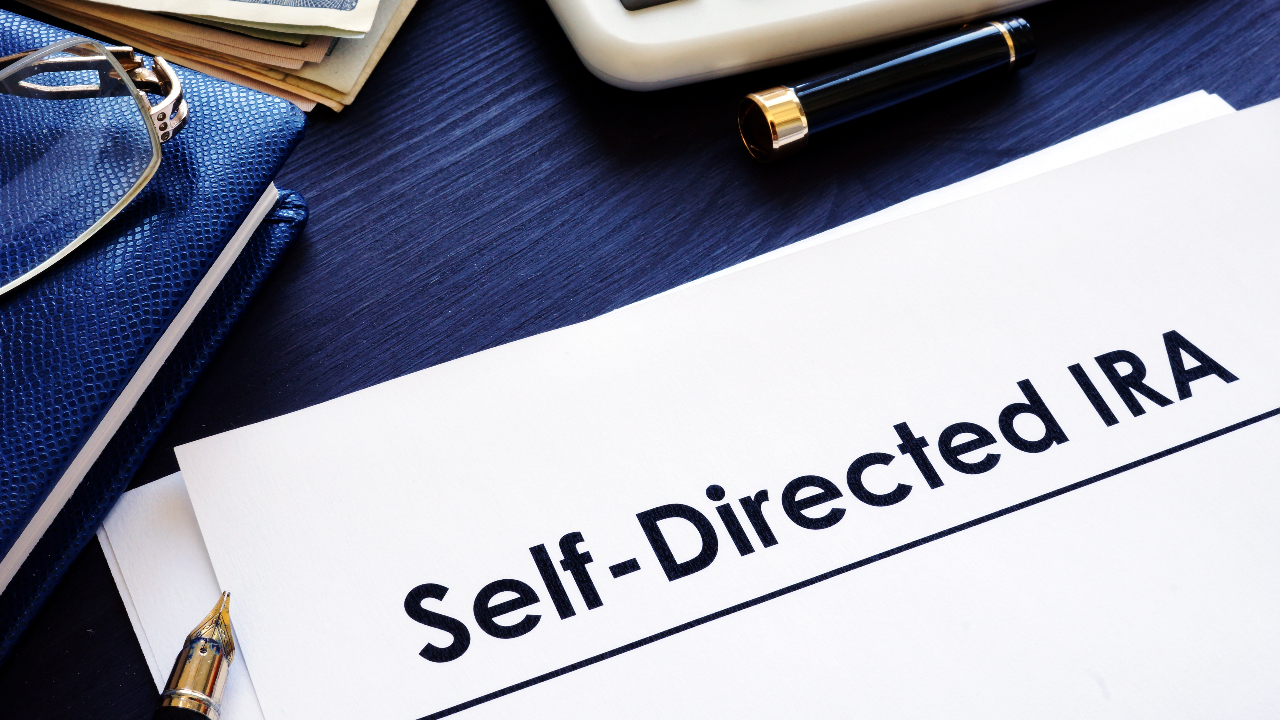Investing with a Self-Directed IRA
When it comes to investing with your IRA, there are many options beyond the traditional stocks & bonds. Those looking to invest in alternatives have a viable option - self-directed IRAs. There are many benefits to investing with a self-directed IRA (and of course, risks involved), that you should consider.
What is a Self-Directed IRA?
A self-directed IRA is a type of traditional or Roth IRA, which allows you to save for retirement on a tax-advantaged basis and has the same IRA contribution limits - the difference being solely the types of assets you own in the account. Traditional and Roth IRAs may be used to invest in mutual funds or CDs, whereas a self-directed IRA may be used for other alternatives such as real estate, cryptocurrency, precious metals, and undeveloped or raw land. Types of investments you can not include are life insurance, collectibles and antiques, certain types of derivative trading and property that you or a family member live in, rent, or currently own. A self-directed IRA requires you to manage your plan using a third-party custodian or trustee. As the account owner, you are tasked with choosing, evaluating and monitoring your investments; your custodian will not do this for you. Therefore, it might be in your best interest to hire a financial professional to help monitor and vet your investments.
How do you set up an account?
First, you need to research self-directed IRA custodians who will support the types of investments you want to buy. It is crucial to pay attention to any fees you may have to pay, as custodians may charge a setup fee and ongoing annual fees - compared to the top brokers for traditional investments that charge no fees. Once you’ve found a suitable custodian, it is time to set up your account and pay any fees for establishing the account. Once you have created the account, you can deposit money to start investing.
Traditional Versus Roth Self-Directed IRA
You can set up your self-directed IRA account as traditional or Roth. There are several differences between the two, but both offer tax advantages. With a traditional self-directed IRA, you may be able to take a tax deduction on the contributions to the account, with the withdrawals typically taxed as ordinary income. If you go for a Roth self-directed IRA, the funds you withdraw later and the distributions will be tax-free. However, the contributions you make won’t qualify for tax deductions.
What are the advantages of investing with a Self-Directed IRA?
There are many advantages to investing with a self-directed IRA. One of these is the control and flexibility you have over your investments. With more investment choices, you can choose options that align with your passions, knowledge or experience. Also, a more diversified portfolio helps to reduce risk during market volatility. If you invest in multiple different assets, you will not be at a total loss if the value of a certain asset class goes down. It also allows you the option to select investments that may have a higher potential for appreciation. People who are highly knowledgeable about investments and know how to profit can potentially receive higher returns. There is also the advantage of built-in tax breaks on the earnings from your investments.
What are the disadvantages of investing with a Self-Directed IRA?
It is important to note some of the disadvantages of investing with a self-directed IRA. Custodians generally do not evaluate “the quality or legitimacy of any investment in the self-directed IRA or its promoters,” as noted by the SEC. Therefore, the risks associated with the investments of your choice are all on you. It is also typical to pay additional fees to open and maintain a self-directed IRA. The unique investments you choose to put in a self-directed IRA may also have additional fees associated with it. It is also important to consider the risk profile and the “net” profits of potential alternative investments. As mentioned before, there are some limitations to what you can invest in. For example, if you purchase real estate, you cannot live there, stay there, or rent office space for yourself there. It also may be more time-consuming to do your due diligence and research the types of investments you would want to invest in.
A Self-Directed IRA is best suited for those who want to be more involved with their investments. You will be responsible for directing many of the accounts decisions, such as managing the transactions, paperwork and communicating instructions. It is also best suited for those with a certain level of expertise, as it is best to be well-versed in your chosen investments.
Are you interested in investing in alternatives with a self-directed IRA? Connect Invest works with its preferred custodian to offer investors high-yield, short-term real estate investment opportunities with annualized rates of return up to 9.0%. Learn more about Connect Invest Short Notes.

